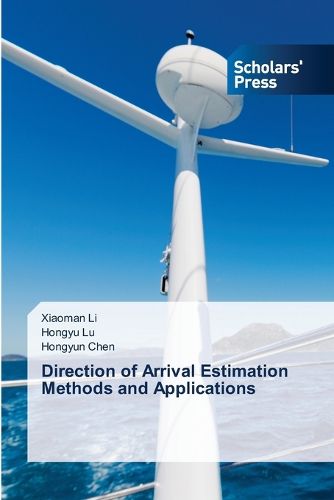Readings Newsletter
Become a Readings Member to make your shopping experience even easier.
Sign in or sign up for free!
You’re not far away from qualifying for FREE standard shipping within Australia
You’ve qualified for FREE standard shipping within Australia
The cart is loading…






This title is printed to order. This book may have been self-published. If so, we cannot guarantee the quality of the content. In the main most books will have gone through the editing process however some may not. We therefore suggest that you be aware of this before ordering this book. If in doubt check either the author or publisher’s details as we are unable to accept any returns unless they are faulty. Please contact us if you have any questions.
This work presents an in-depth study on the Direction of Arrival (DOA) estimation methods for underwater acoustic broadband signals, addressing the challenges posed by complex marine environments and the need for accurate signal processing in various applications such as sonar systems, underwater communication, and ocean exploration. The research encompasses traditional DOA estimation techniques, the integration of vector hydrophones, and the application of deep learning methodologies to enhance the accuracy and efficiency of DOA estimation in underwater environments.
$9.00 standard shipping within Australia
FREE standard shipping within Australia for orders over $100.00
Express & International shipping calculated at checkout
Stock availability can be subject to change without notice. We recommend calling the shop or contacting our online team to check availability of low stock items. Please see our Shopping Online page for more details.
This title is printed to order. This book may have been self-published. If so, we cannot guarantee the quality of the content. In the main most books will have gone through the editing process however some may not. We therefore suggest that you be aware of this before ordering this book. If in doubt check either the author or publisher’s details as we are unable to accept any returns unless they are faulty. Please contact us if you have any questions.
This work presents an in-depth study on the Direction of Arrival (DOA) estimation methods for underwater acoustic broadband signals, addressing the challenges posed by complex marine environments and the need for accurate signal processing in various applications such as sonar systems, underwater communication, and ocean exploration. The research encompasses traditional DOA estimation techniques, the integration of vector hydrophones, and the application of deep learning methodologies to enhance the accuracy and efficiency of DOA estimation in underwater environments.